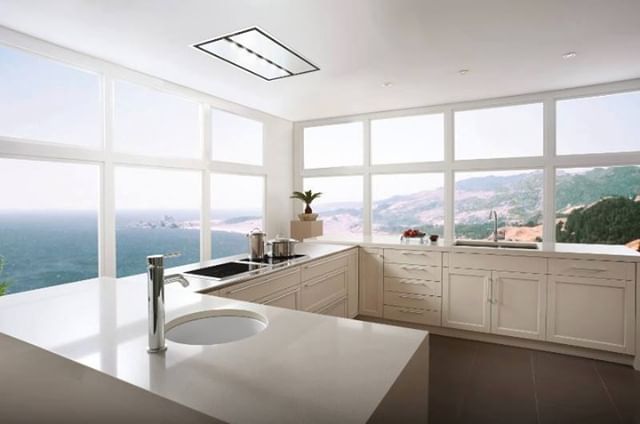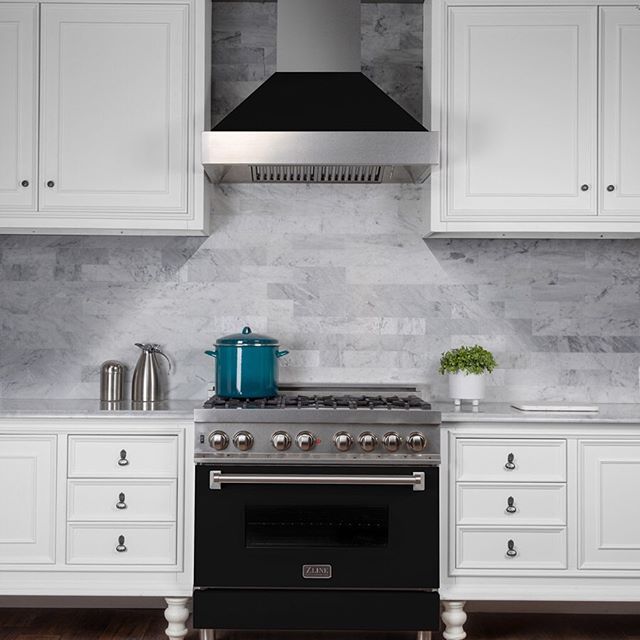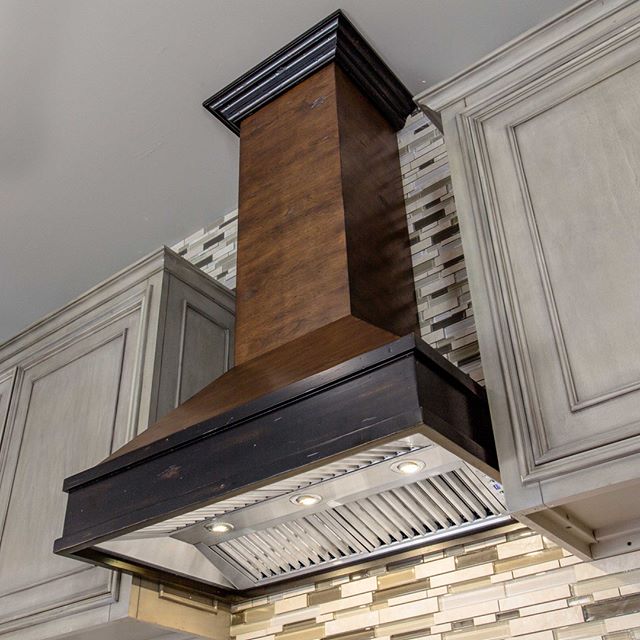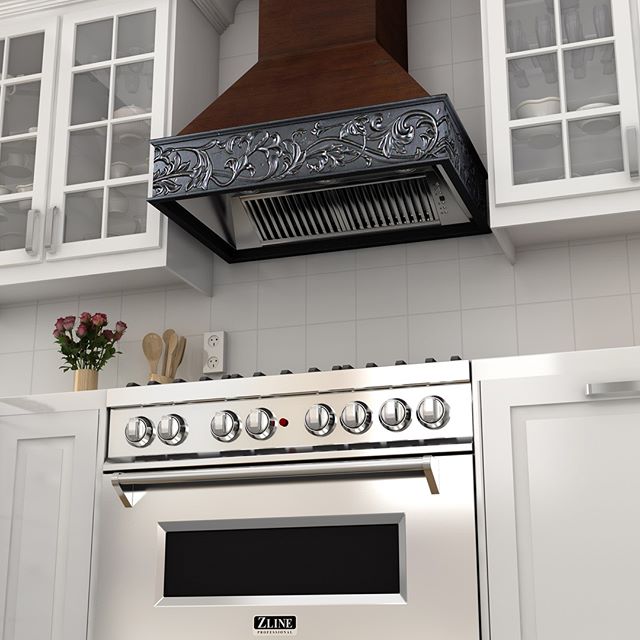Style
All About: Ductless Range Hoods
When thinking about getting a new cooking range, one of the first things that come to mind is the kind of exhaust hood that you need to get for your kitchen. There are dozens of hood options to consider including models that are ducted and ductless. In this post, we’ll be talking about ductless range hoods and what their pros and cons are. But before that, we’ll run you through the basics of what a range hood is if it’s your first time using this kind of appliance.
1. What is a Range Hood?
A range hood, which at times is also known as an exhaust or a vent hood, is an enclosure that is placed in the area right over your kitchen’s range. It uses its fan to collect smoke, steam and other airborne particles that are formed while we cook. It also provides extra ventilation to filter the particles coming out of the stove and to keep it away from you, your food and anyone else who’s in the kitchen with you.
There’s usually a fan that you can either switch on or off to pull every gas, smoke or grease particles out somewhere else, but this depends on the type of model that you have. This is to ensure that the particles don’t end up getting collected on your kitchen walls, the ceiling or any other surface. It significantly reduces the amount of grime buildup that your kitchen would otherwise accumulate over time.
This way, range hoods what there’s less cleaning for you to do in the kitchen. Range hoods also prevent cooking smells from being dispersed all over your home or restaurant.
Ductless Range Hood
A ductless range hood is different from that of a ducted range hood in that instead of venting air on the outside, it uses a fan with a charcoal filter to suck up airborne particles such as grease, smells, heat and smoke, filters it and then recirculate back into the kitchen. These types of range hoods usually come in behind ducted range hoods as the latter is more effective in cleaning the air in one’s kitchen. However, ducted range hoods can be more expensive if your kitchen doesn’t already have ductwork installed. In other words, while it may not give you the same effective cleaning performance of a ducted model, ductless range hoods are the more affordable version of the two.
Pros
- Ductless range hoods are more versatile for your kitchen as they can be installed anywhere in your kitchen and filter the air around the space regardless. This is because of its fan that filters and then recirculates airborne particles. Therefore you don’t need to worry about installing them near ducts or pipes that go outside of your house.
- Because you don’t need to worry about installing it next to pipes or ducts, you won’t be accounting for the extra costs that come with it. Most ductless models are programmed to automatically turn on or off once they detect odors or smoke.
Cons
- Although filtering and recirculating dirty air might be a good thing, it does end up making your kitchen more humid in the process.
- Ductless range hoods are also a little noisier than ducted models. Though this depends on a number of factors such as model, size the brand that we choose.
- Bear in mind that you need to clean or replace air filters from time to time in order to maintain their performance. This could also add up more costs in the process.
 USD
USD CAD
CAD



